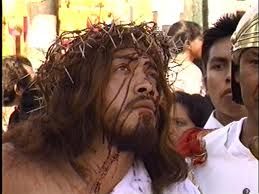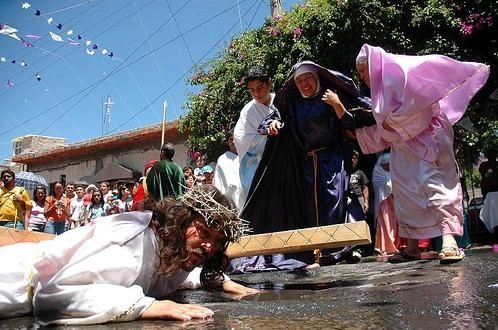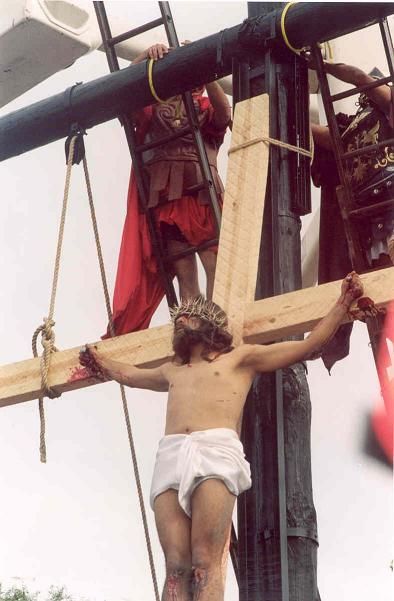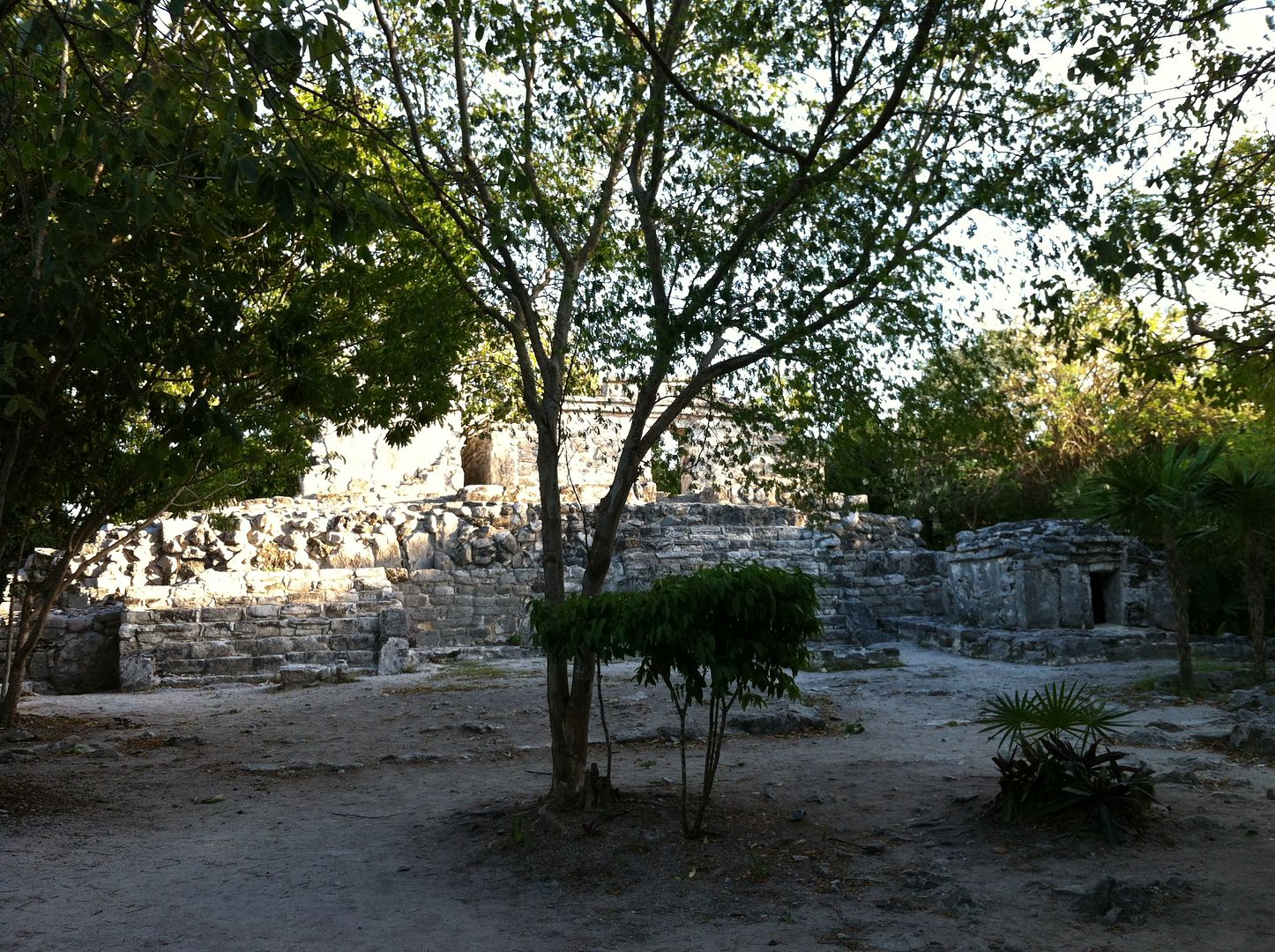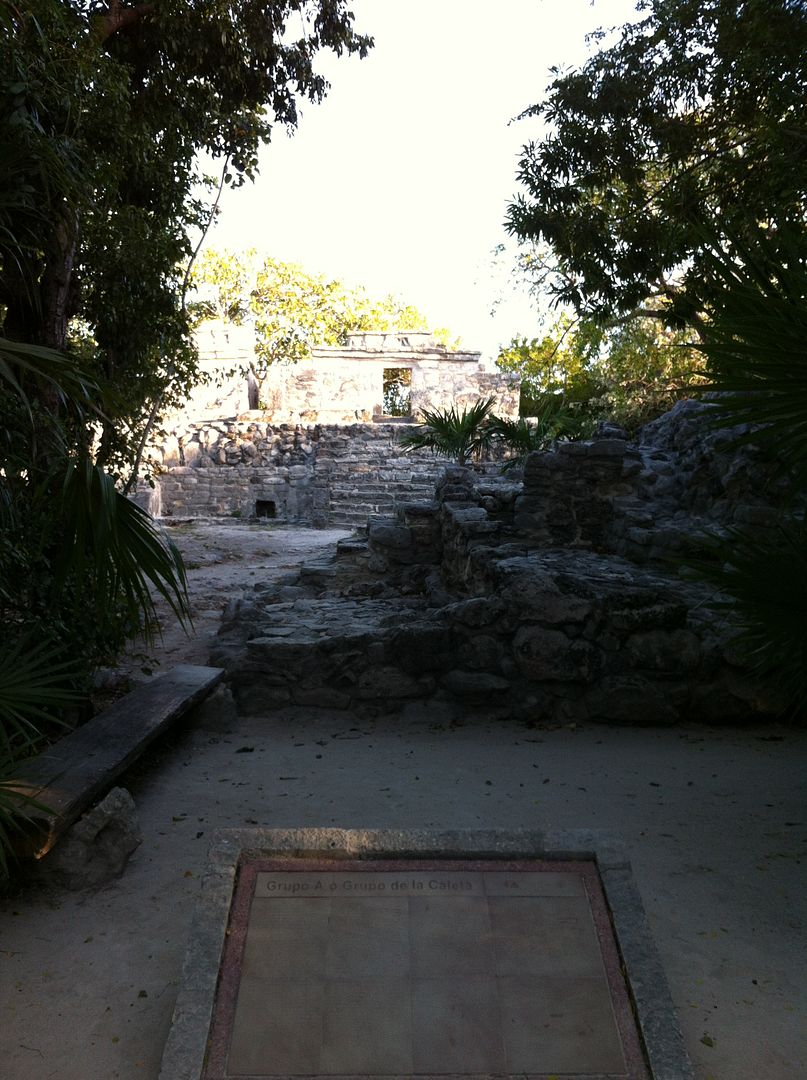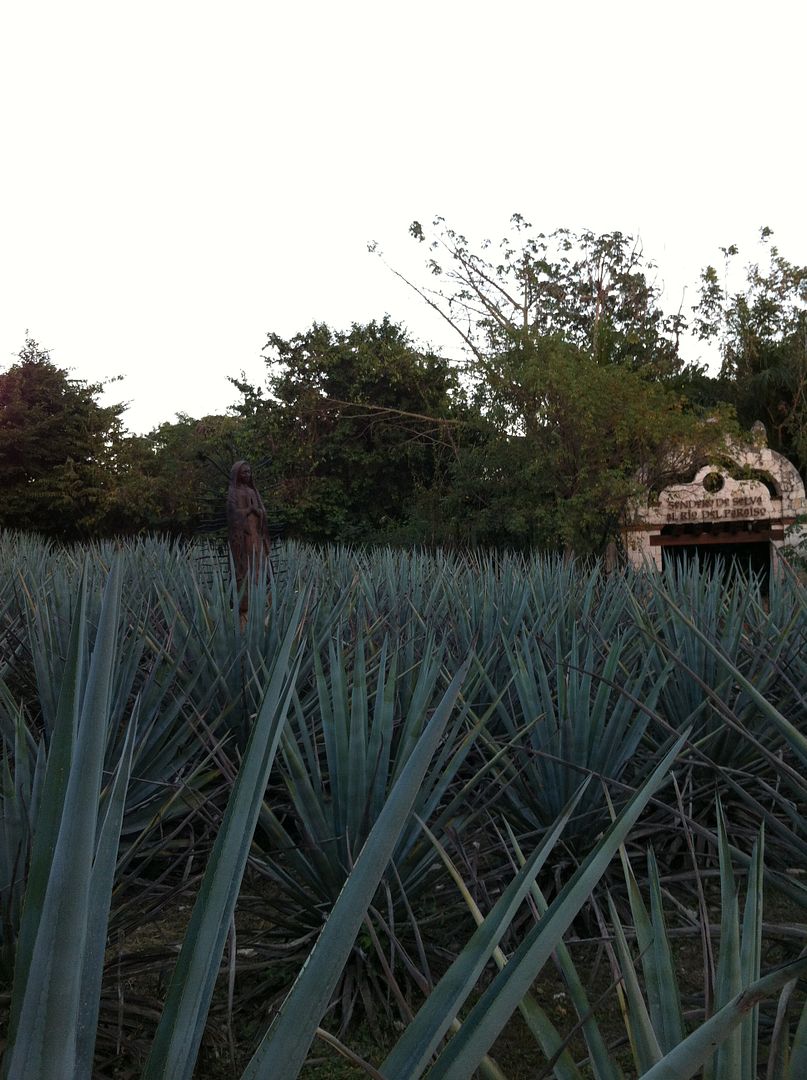Churches, Pyramids, Volcanoes and Pure Colonial Charm: Cholula
Just this week I posted a picture of one of Mexico’s most famous volcanoes – Itzaccihuatl, the one that looks like a sleeping woman. Now, this volcano is right next to another one, Popocatepetl, which recently had a small eruption. Some photographer captured a picture of a church on a hilltop with the erupting volcano behind it; the picture is so beautiful that I decided to make it my computer wallpaper.
Here’s the funny thing; I didn’t realize until today that I’ve actually visited this site!
This discovery has brought to mind another great place to visit in central Mexico – the town of Cholula.
Where is it?
Cholula is a town which has been swallowed up by metropolitan area of the larger (colonial) city of Puebla. It would be misleading to say “suburb” since it’s much more like a town and not at all like the modern idea of a suburb. This means it’s about 2 hours away from Mexico City, just on the other side of the famous volcanoes I’ve mentioned.
The colonial beauty
Like the city of Puebla, Cholula is full of pure colonial charm, with many churches and buildings with colonial architecture; the town is simply a lovely place to walk around and enjoy the scenery. There are also good restaurants.
Mystery and Magic
While there are many sites worth seeing and writing about in Cholula, I want to focus specifically on the one I mentioned at the top – the church, called Nuestra Senora de los Remedios, on the hilltop with the view of the volcano (more correctly volcanoes, since besides those two, you can see 2 others further in the distance.)
First of all, it’s worth noting that it’s actually not on a hilltop. If you look at any picture of the church and “hill,” you will notice that the sides are very straight and almost flat; what appears to be a hill at a first glance is actually a pyramid that has been overgrown. The church was built on top of the pyramid!
The pyramid was from a more ancient civilization in the area, and was actually abandoned around the 12th century; by the time the Spanish arrived and built the church, the pyramid was long out of use and overgrown.
In recent decades, the bottom part of the pyramid was excavated, allowing you to see the bottom steps, and revealing a large network of secret tunnels in the bottom part of the pyramid! The top has not been excavated because of the church on top, which is also a treasure!
The Church
After you check out the fascinating pyramid, you can make your way up the “hillside” to the church (walking only, 48 steps, 850 ft upward!).
First of all, the views of the volcanoes are stunning! You can look out over the green, patchwork countryside with the majestic volcanoes towering in the distance.
The views of the city of Puebla are also amazing. (Here’s a challenge; count how many churches you can see. If you can visit all of them, you’ll know the entire city, and have seen some of the most beautiful architecture to be found!)
The church itself is spectacular. The orange painting outside with white trim and elegant domes and arches is true to the best of colonial style. In the interior, the painting, gold work, images, statues and structure are all very original and very beautiful. It’s a place where you can just stand in silence, absorbing it!
It’s easy to see why the church, like the pyramid in ancient times before it, is one of the region’s most important pilgrimage sites.
If you are traveling in central Mexico, I would definitely recommend a trip to Puebla and the town of Cholula! Among the many sights you will see in your life, few will be as specular is this one.






